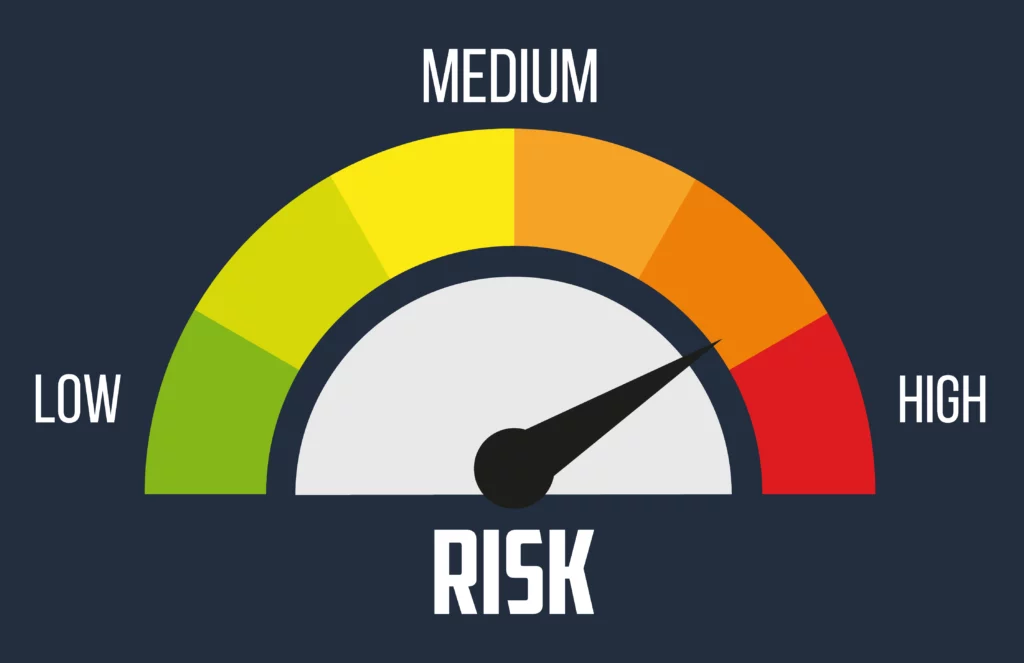What can regulators do if they find a breach?
Please read Part 1 before continuing…
The decision to prosecute is a serious one – HSE needs to prepare a Prosecution Report for an Approval Officer to consider before the prosecution is green-lighted. The Approval Officer (“AO”) role is pivotal. The function of deciding whether to commence a prosecution on behalf of HSE, which involves assessing and approving cases for prosecution, is undertaken by the AO.
The AO can only consider whether a prosecution is required in the public interest if s/he is satisfied that the case has passed the evidential stage of the Full Code Test in the Code for Crown Prosecutors and then consider the public interest stage of the Full Code Test. In applying the public interest stage of the Full Code Test, the AO has to balance the factors for and against prosecution very carefully.
What can be said with certainty is that HSE will prosecute or recommend prosecution when:
- Death was a result of the breach of legislation;
- The gravity of an alleged offence, taken together with the seriousness of any actual or potential harm, or the general record and approach of the offender warrants it;
- There has been a reckless disregard of health and safety requirements;
- There have been repeated breaches which give rise to significant risk, or persistent and significant poor compliance;
- Work has been carried out without or in serious noncompliance with an appropriate licence or safety case;
- A duty holder’s standard of managing health and safety is found to be far below what is required by health and safety law and to be giving rise to significant risk;
- There has been a failure to comply with an improvement or prohibition notice; or there has been a repetition of a breach that was subject to a formal caution;
- False information has been supplied willfully, or there has been an intent to deceive, in relation to a matter which gives rise to significant risk;
- Inspectors have been intentionally obstructed in the lawful course of their duties.
This is not an exhaustive list and there may be occasions where the above factors are present but where the public interest does not require a prosecution. The Code for Crown Prosecutors requires HSE to consider several questions in relation to public interest including:
- How serious is the offence?
- What is the level of culpability of the suspect?
- What are the circumstances of, and the harm caused to the victim?
- Is prosecution a proportionate response?
AOs will also take into account any views expressed by a victim (or by a victim’s family) regarding the impact that the offence has had, but HSE is not bound to follow those views when reaching the final decision on enforcement.
The takeaway is that the decision to prosecute is not one to be taken lightly, but with a conviction rate of 93% – it is something that it seems HSE rarely gets wrong.
For more insights on this topic, you can also read Enforcing Natasha’s Law: 12 Months On.
See the whole blog series below:
Planning for the worst: The key components of a crisis management plan.
Entry, search and seizure: Who are the regulators and what are their powers?
Dealing with health and safety investigations
Interviews under caution – Part 1, What are they? and Part 2, Why do they matter?
Enforcement options: What can regulators do if they find a breach? – Part 1, Cautions and Part 2, Prosecution
The end game: health and safety sentencing – Part 1, Culpability and Harm and Part 2, The Pounds and the Pennies.






































































